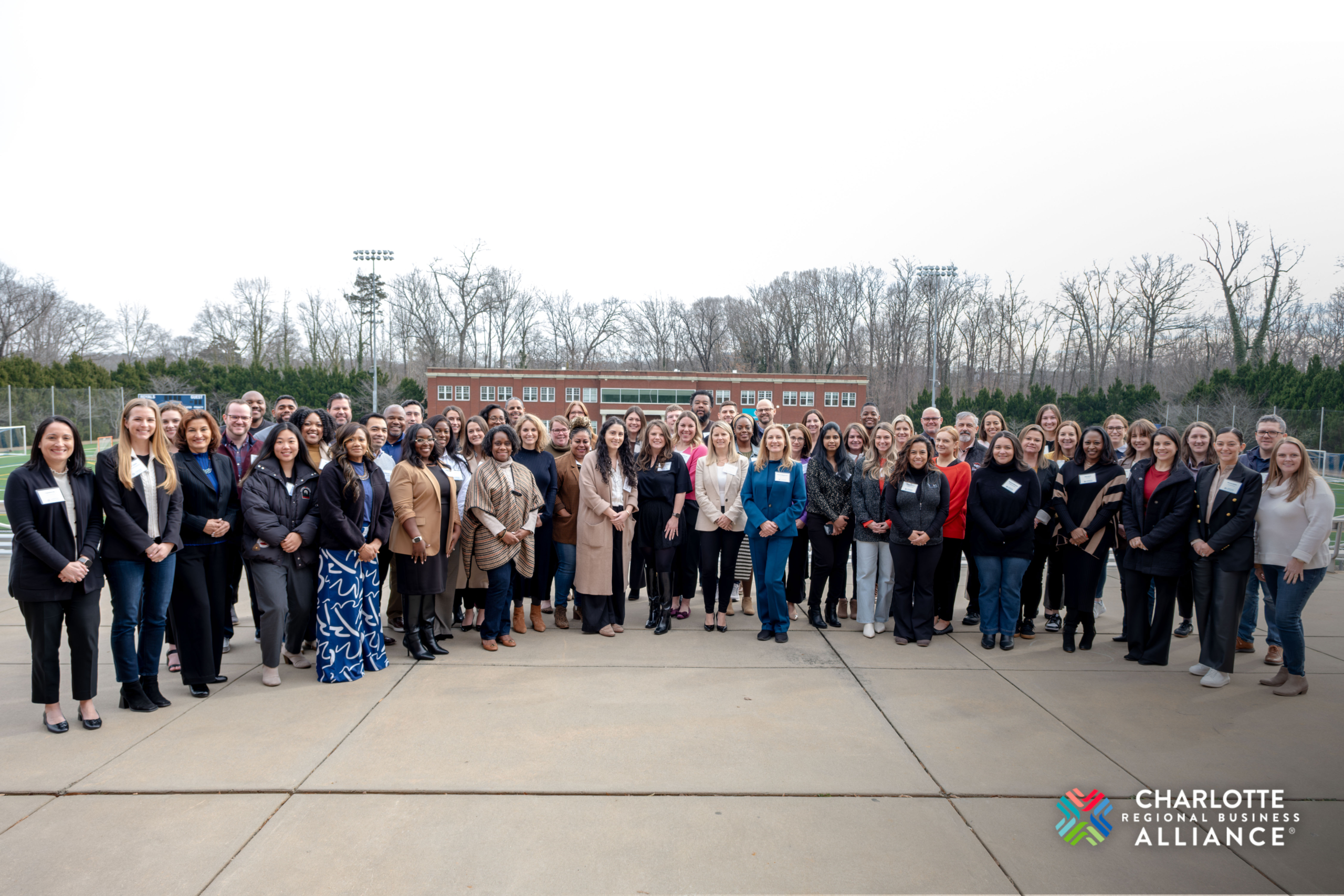Charlotte Is a Pioneer City of the Future of Manufacturing in the U.S.
When DMG MORI, one of the world’s leading manufacturers of machine tools, expanded in Charlotte in 2021, it did so after an exhaustive review of potential U.S. locations. The company needed a location that serves as a regional hub, complete with an international airport and easy access to the entire country allowing customers and employees same day travel to and from our location. It also needed access to a tech talent pool and a city and region known the world over in the foreign-direct investment, business and innovation sphere. Deputy COO and General Manager Christoffer Stigsby says the final decision in his company expanding to Charlotte also hinged on a criterion that not many U.S. locations can offer: connectivity and growth.
“Charlotte is the gateway to the southeast United States, and that fact carried tremendous weight for DMG MORI,” Stigsby said. “From Charlotte Douglas International Airport and its connectivity with the rest of the world to convenient access to the entire southeast by rail and highway, it’s no wonder foreign direct investment is on the rise in an area as connected as the Charlotte Region.”
Charlotte: ‘A City on the Rise’
The Charlotte Region is home to over 1,000 international companies representing more than 40 countries and more than 274,000 foreign-born individuals and families. The region also has netted nearly $2 billion of international business and foreign direct investment since 2017, and U.S. exports from the Charlotte Region are up 15% from 2017. As a result, the relocation and expansion of these businesses are contributing to the ever-increasing development of connections and partnerships between foreign and domestic companies.
“Charlotte is clearly a city on the rise,” Stigsby said. “The beauty of the Charlotte Region is you don’t just have access to local talent; you also draw talent from around the globe. There is something special about this region in terms of opportunity, quality of life, cost of living, infrastructure and global connectivity that fuels our region’s growth.”
When companies choose the Charlotte Region, Stigsby added, another key factor in the selection process is business friendliness.
“Charlotte’s global brand is defined, in part, by being highly business-friendly,” he said. “There is amazing support from public and private organizations in helping companies establish here. At DMG MORI, we’re not at all surprised by the level of foreign direct investment in the Charlotte Region, and we expect this trend to continue over the long term.”
Charlotte Region Records $400 Million in Manufacturing Investments
According to the Charlotte Regional Business Alliance, which collaborates to promote and advance economic development in the 15-county, two-state Charlotte Region, international companies continue turn to North Carolina and South Carolina. Diverse manufacturing operations, warehouses and offices are concentrated along key transportation corridors in both urban and rural areas. A robust transportation network connects manufacturers to Charlotte Douglas International Airport, one of the 10 busiest airports in the world with 1,600 daily aircraft operations and 50 million passengers annually. Regional airports and the ports of Wilmington (the largest in North Carolina) and Charleston add to the region’s connectivity, and the data tell the story of a region that enjoys the lowest corporate tax rates in the nation:
- North Carolina and South Carolina are two of only nine U.S. states where employment in international businesses exceeds 7% of total employment.
- South Carolina has the largest share of employment in international businesses (8.8%) in the nation.
- In 2020, the Charlotte Region recorded 31 projects representing 17 international countries that invested a total of more than $1.1 billion in the economy and created 1,900 jobs in the region.
Outlook Bright in 2022
Industry strengths, international infrastructure and a diverse and talented workforce foster a favorable environment for foreign direct investment in the Charlotte Region. More than half of the region’s international companies are manufacturers, with particularly strong concentrations in plastics, automotive parts and industrial machinery, as well as emerging growth in medical devices and health care. These manufacturers power the region’s exports base, and every year, new international businesses and residents contribute to a growing international scene.
The outlook for 2022 is bright in the Charlotte Region, an area that allows manufacturers to reach more than half of the U.S. overnight and one where manufacturing employment is growing at twice the national average. Listen to Stigsby discuss how Charlotte’s growing population, skilled workforce and innovative spirit fuel a thriving manufacturing sector at www.AltogetherBetterCLT.com.



